Farmers and villagers at the entrance of a village
Oil on panel , cm 38,5 x 51. frame 66 x 53,5 x 4,5 cm
The valuable painting, with a great chromatic impact thanks to the technique of oil on board, depicts a lively scene of daily life in the countryside, set near the entrance door of a village. The episode of rural life, depicted with great vitality, through the use of quick touches of color and material, illustrates right, at the gates of the village, a cart loaded with hay and two farmers at work. Next to them sit some figures who stand beside their horses. A woman on her horse reaches a passer-by while behind a shepherd walks with his dog next to him. On the left, a child sits on his back while playing with dogs next to a horse, who is resting while sitting. The entrance to the village is characterized by an arched passage between ancient walls, described with poetic rovinism, as well as some houses. The clear sky is marked by some grey white clouds.
The work is signed with the letters A.Q. at the bottom right, recognizable in the monogram that Georg Kaspar Nagler indicates in his famous volume as belonging to the painter August Querfurt. His description informs us that the "Painter of battles of Wolfenbuttel (Germany), pupil of his father Tobias, painted in the style of Burgundy. In some of his works, which also depict hunting, are the initials of the name. He was stabbed at the hands of J. Burdé and A. Balzer. This master died in Vienna in 1761".
The stylistic comparison with the works signed and traced back by critics to Querfurt’s hand show similarities both in the artist’s characteristic technique, in the colour used and in the choice of subjects.
You can recognize some typical characters of the bambocciate of the master such as the drafting of color, with easy and fast brushstrokes proving to be skilled, through the highlights, in the yield of volumes and depths. The painter carefully describes the different protagonists, their gestures and clothing; attention that indicates a study from the truth of everyday life, read and interpreted with naturalism.
August Querfurt was born in Wolfenbuttel, Vienna in 1696 and is best known for his subjects depicting soldiers and battle scenes, certainly influenced by Philips Wouwerman’s painting.
Educated by his father, Tobias Querfurt, painter of landscapes and animals at the court of Brunswick, he later studied with Georg Philipp Rugendas (Augsburg 1666-1742) in Augsburg.
In 1752, Querfurt became a member of the Academy of Vienna. He had important commissions, as evidenced, among others, the twelve canvases, some large, made for Duke Charles Alexander of Württemberg and the eight paintings commissioned by Empress Maria Theresa depicting war events related to the War of the Austrian Succession (1740-1748). The works for the Empress are now housed in the Museum of Military History located in Vienna. Querfurt lived in a very turbulent period: the Holy Roman Empire, the Ottoman Empire, the Habsburgs, Great Britain and a number of other forces fought several battles near Vienna where Querfurt lived.
In the Austrian capital he died in 1761.
Some of his works are now exhibited at the Belvedere Palace in Vienna, at the National Gallery of Augsburg, others are in Berlin, Dresden, Stuttgart and Bratislava. [… ]
In conclusion, the discovery of this work together with the recognition of the monogram, allows to add to the corpus of works of August Querturt a valuable testimony of his technical abilities and the confirmation that he was a talented painter of subjects different to the genre of battles to which in the past was exclusively traced.
We apologize for any translation errors. Please click here to download the expertise in Italian.




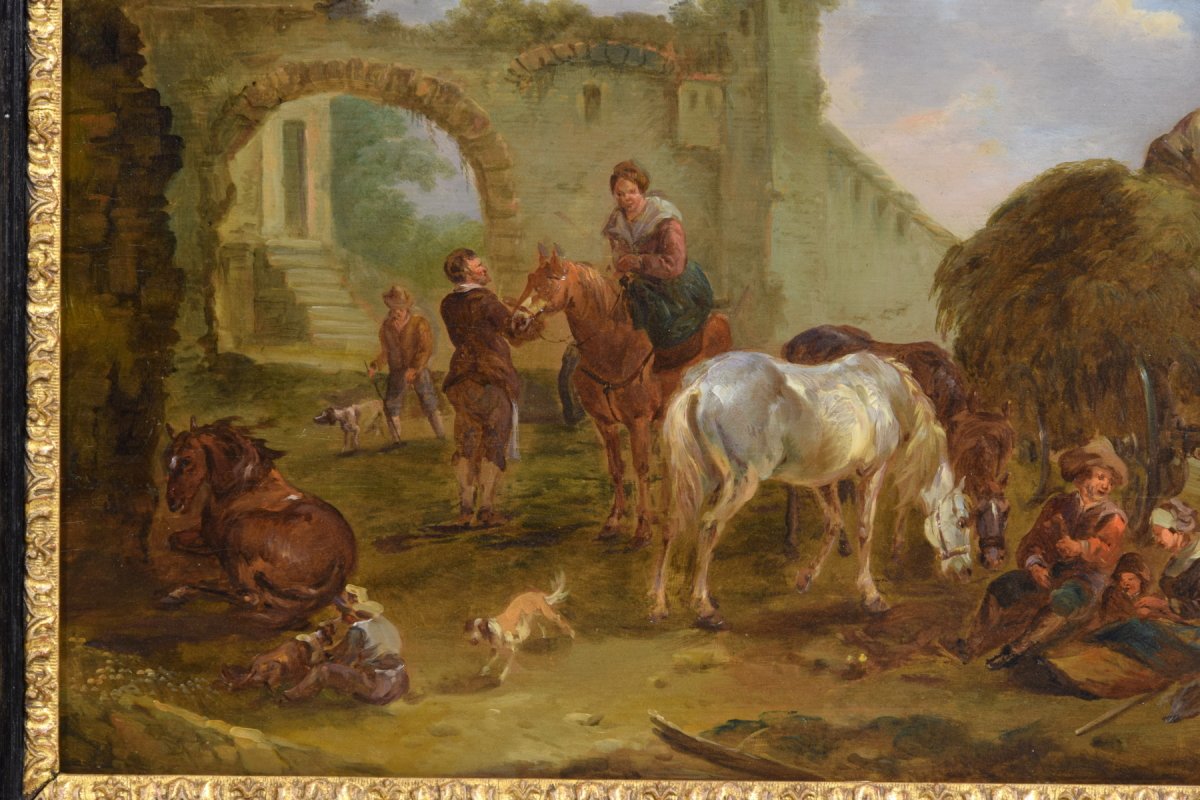

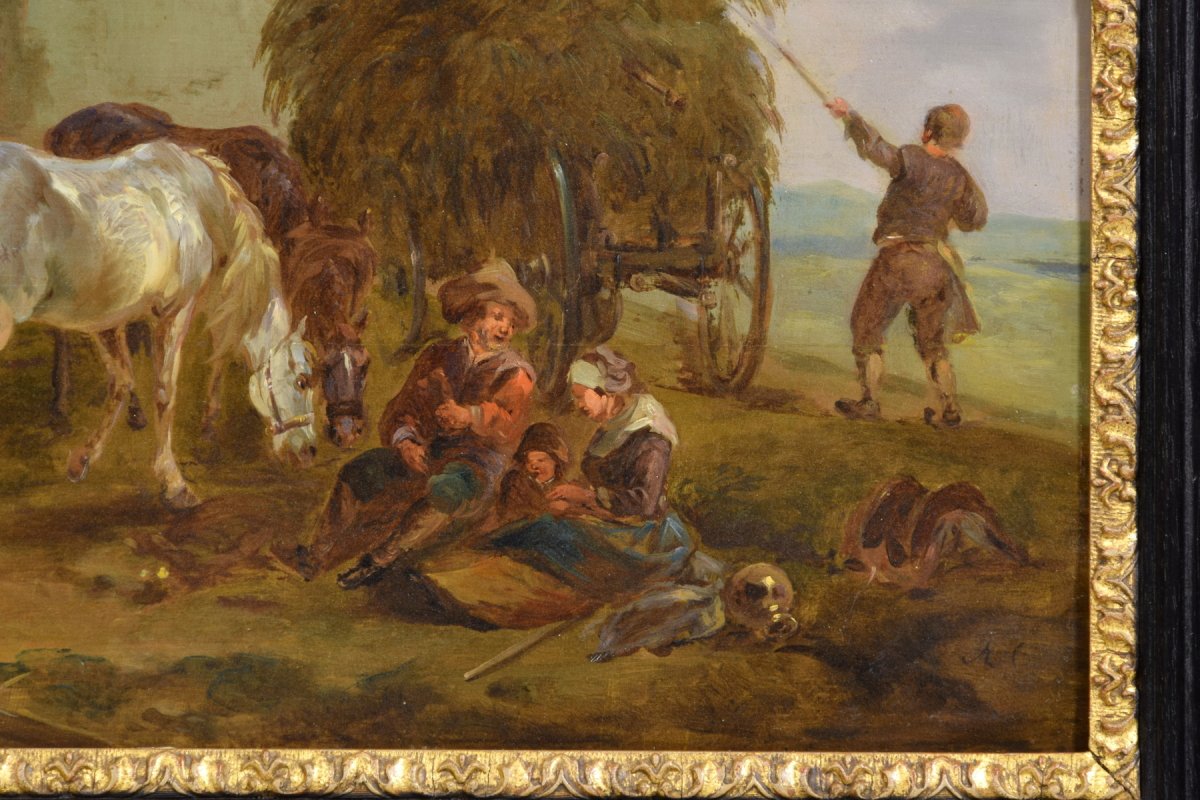


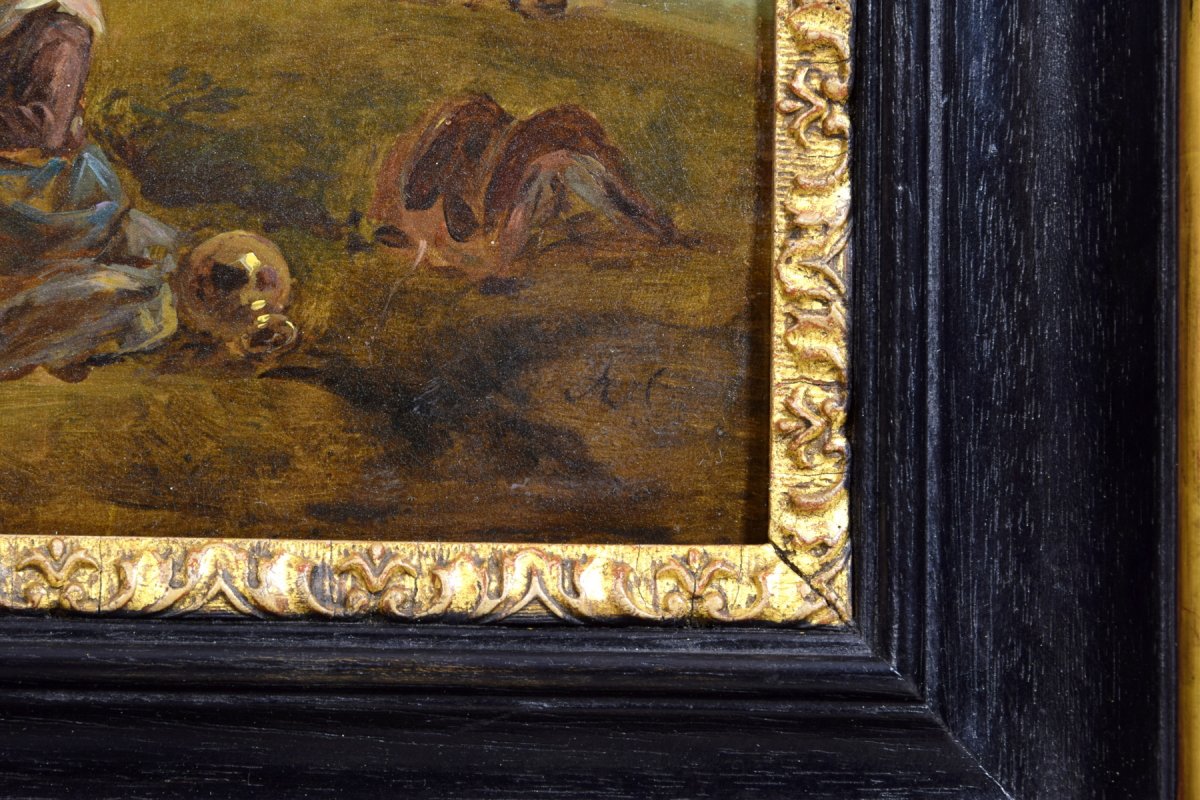













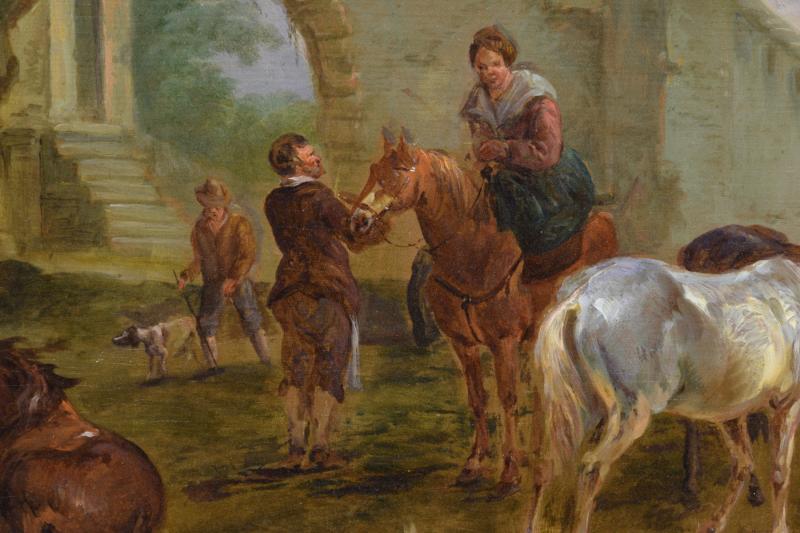











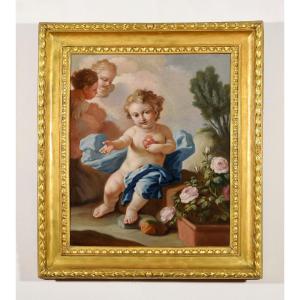


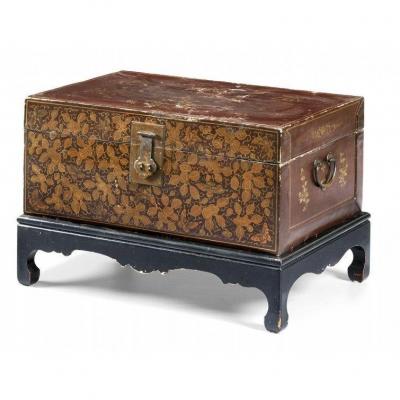











 Le Magazine de PROANTIC
Le Magazine de PROANTIC TRÉSORS Magazine
TRÉSORS Magazine Rivista Artiquariato
Rivista Artiquariato